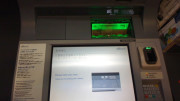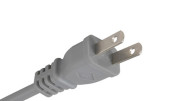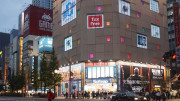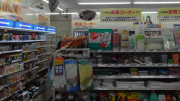As we saw in Kobe in January of 1995 and more recently north of Tokyo in March of 2011, catastrophic earthquakes and tsunami are a real threat to Japan. Just about every day there is at least one tremor in the country but fortunately large dangerous earthquakes are relatively rare, but when they do strike they can be deadly.
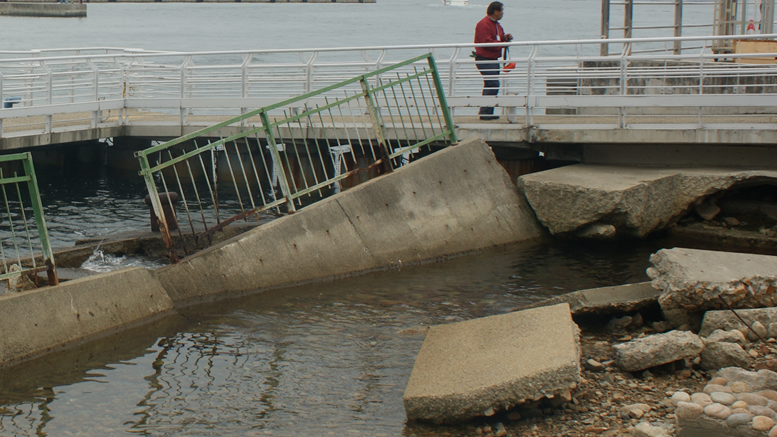
The Japanese have been brought up with these natural occurrences. Children from a very young age are taught of what to do in the case of an emergency. It is usually the tourist who panics or is scared of the minor tremor which will generally go unnoticed by the Japanese. But as we have seen in Kobe and the horrific 8.9 magnitude earthquake off Japan’s Tohoku region in March of 2011 earthquakes and follow-up tsunamis can happen without warning, anywhere anytime.
Japan has stringent building regulations which make many of the new buildings and subways some of the safest places to be during an earthquake. Water, gas and power can be cut during a quake so it’s best to avoid naked flames. It also is not a bad idea to save as much water as you can, even filling the bathtub is a fantastic idea as there may be difficulty obtaining fresh water after a serious quake.
If you are in your hotel during a quake, it would be best to follow the directions of the hotel’s staff. Japanese hotels will have a safety guide in your room that you should be familiar with in case of an emergency, also take note of the location of the rooms torch that is generally provided in case of a power outage.
It is essential to escape low lying land after an earthquake as been shown following the 2011 quake, massive waves from the resulting tsunami can travel several kilometres inland at an incredible pace and force.

